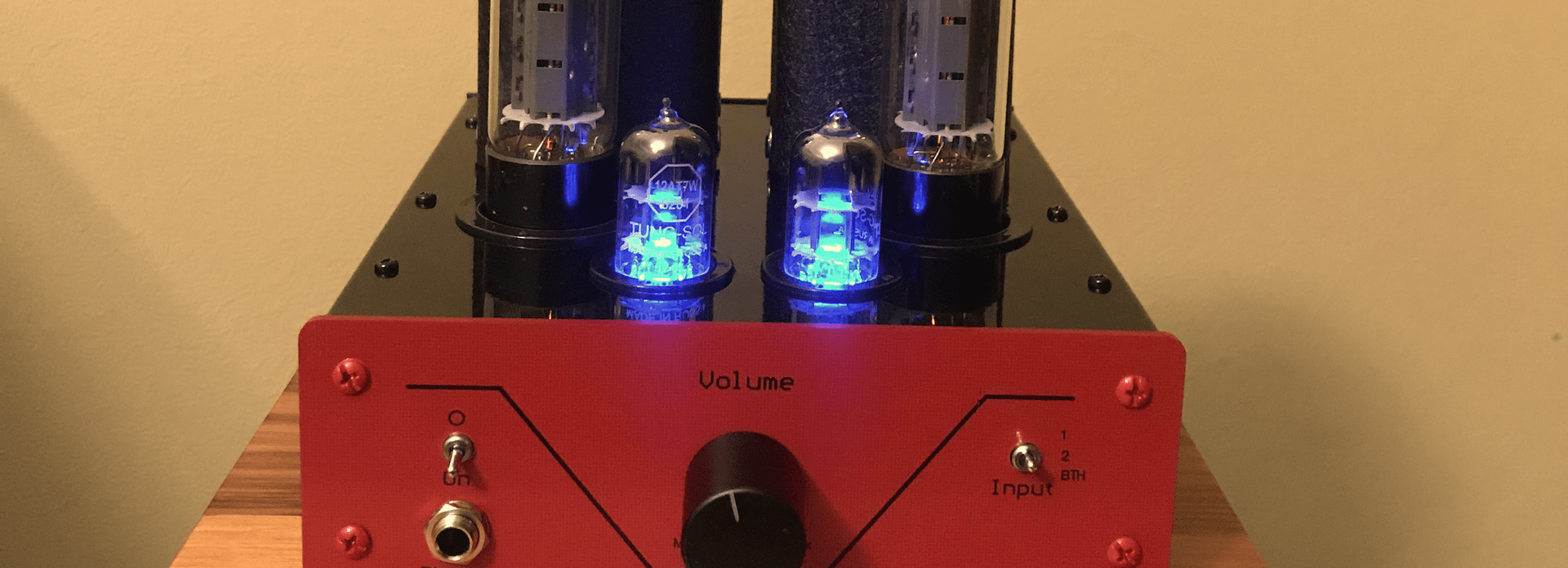What Does the SE5 Feedback Switch Do?
Feedback is where a portion of the output of a process is fed back and summed with the input. This is called a feedback loop.
If the feedback is of the same polarity (in-phase) as the input signal it will reinforce (add to) the input signal and cause the output to increase. This is called positive feedback.
If the feedback is in the opposite polarity (out of phase) as the input signal it will subtract from the input signal and cause the output to reduce. This is called negative feedback.
Feedback is evident everywhere in nature, medicine, mechanics, economics, and electronics - anywhere the output of a process changes one or more of its input variables. One example of negative feedback is how a cruise-control system maintains an accurate vehicle speed by feeding back information from a speed sensor to the engine management computer. In biology, negative feedback mechanisms are used to regulate the control of movement, blood chemistry, sugar levels, and many other essential functions.
Negative feedback is commonly used in amplifiers to achieve various benefits, such as reducing circuit gain (amplification), improving frequency response, decreasing output impedance (increasing loudspeaker damping factor), and reducing distortion. Feedback loops can occur around an entire amplifier (called global feedback) or around individual stages in an amplifier (called local or nested feedback).
The Red Roo SE5 amplifier incorporates a small amount of global negative feedback; approximately 6 dB when using 12AT7 tubes. The amplifier features a feedback on-off switch on the rear panel that allows the global negative feedback to be switched off.
When the feedback is switched off, the amplifier's performance changes. The overall sound of the amplifier without negative feedback is described as becoming 'fuller' or 'forward', or more 'resonant'. However, it's important to note that the subjective experience of the sound will depend on various factors, including the listening environment and the characteristics of the loudspeakers being used.
For more detailed information about feedback, and how feedback is used in amplifiers, please download the pdf file below.
Thanks for reading. Phil Wait, Red Roo Kits.
